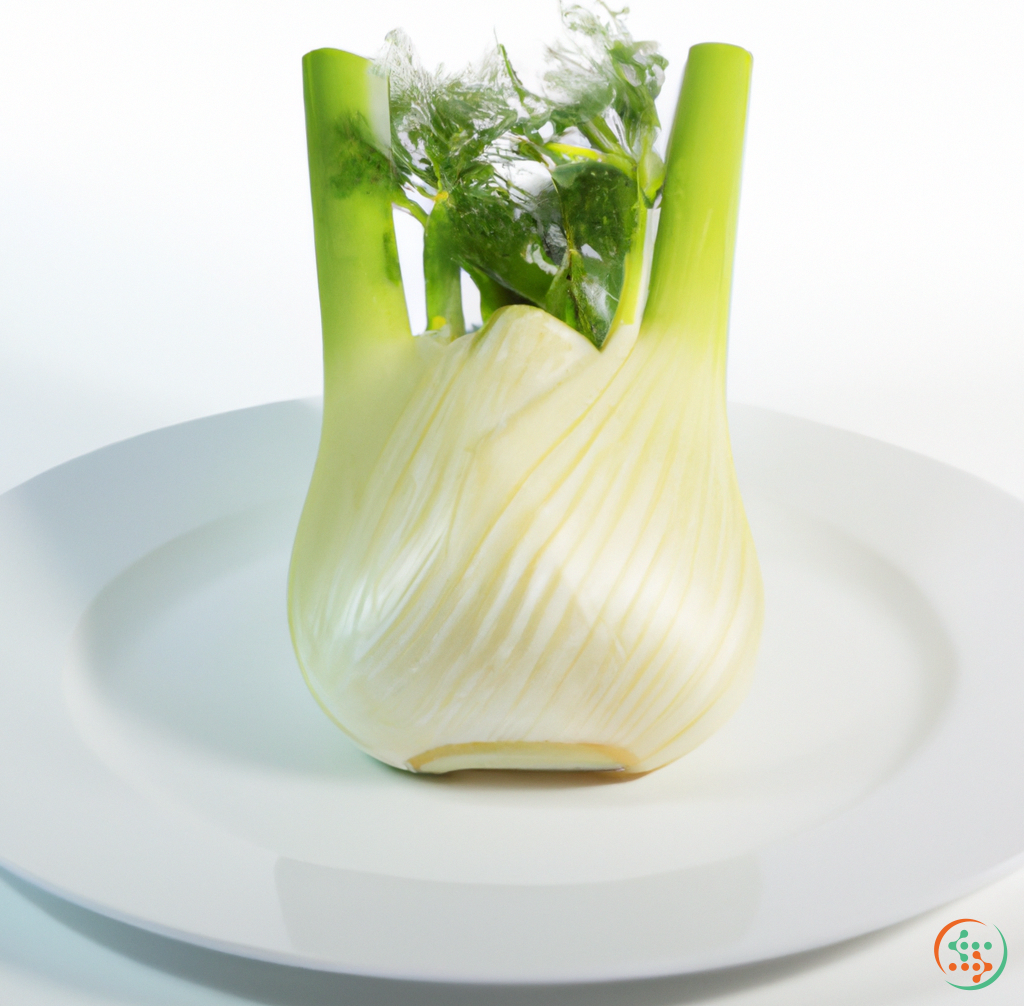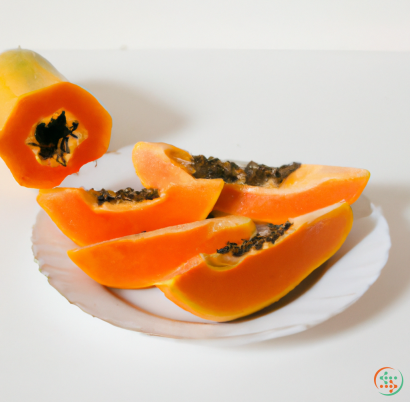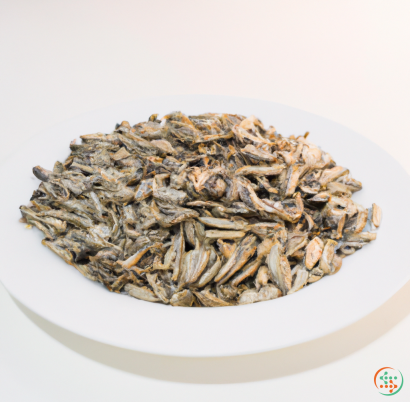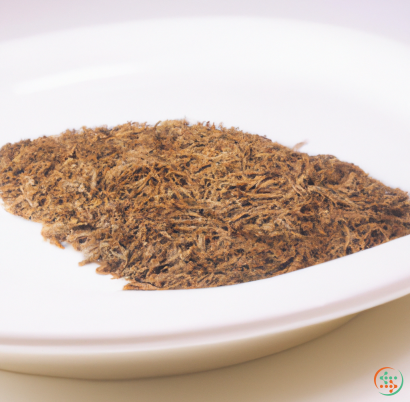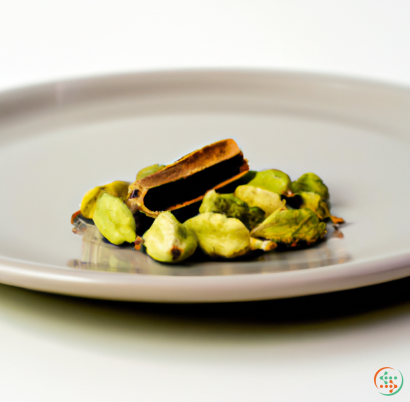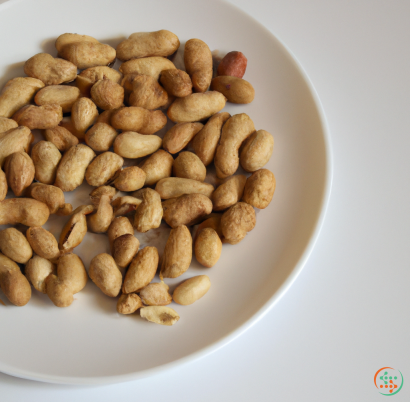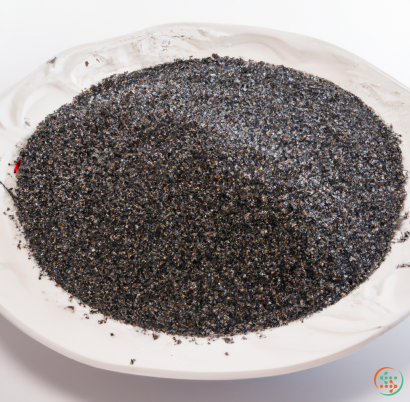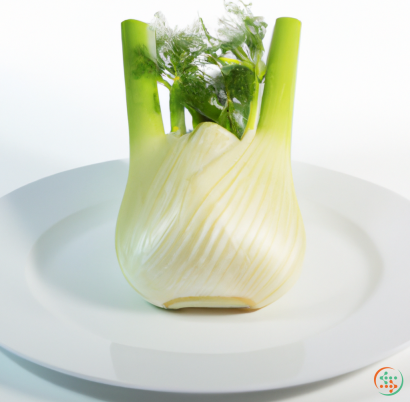Fennel
Fennel, a popular and versatile herb, has been prized for its culinary, medicinal and spiritual uses since antiquity. It is a member of the Apiaceae (umbelliferous) family, which also includes carrots, celery, anise and coriander. Fennel has a long, slender stalk with delicate feathery fronds that are a bright, vibrant green in color. Its bulbous base is white and can range in size from the size of a large onion to the size of a grapefruit. Fennel has a strong and unique flavor - a combination of sweet anise, licorice and bitter celery - that adds complexity to many dishes.
In the kitchen, fennel is used in both raw and cooked forms. Its bulb and stalks are often used in soups, salads and stews while its seeds are a common addition to many spice rubs and seasoning mixes. The feathery fronds can be chopped and used as a garnish, giving dishes a vibrant pop of color. Fennel pollen, a seasoning made from the yellow, pollen-covered pods of the fennel flower, can also be purchased and used as a smoky addition to dishes.
Fennel also has many medicinal and spiritual uses. It has long been used in folk medicine for its digestive benefits, as its essential oils have a stimulating effect on the stomach, liver and intestines. Fennel is thought to improve digestion, relieve gas and bloating, reduce nausea and vomiting, and may even increase milk production in lactating mothers. In addition to its gastrointestinal healing properties, fennel is often used to treat coughs, colds, asthma, bronchitis and other respiratory ailments. Fennel's essential oil is said to be antispasmodic and a natural diuretic as well, relieving fluid retention and helping to reduce high blood pressure.
On a spiritual level, fennel was once used in ancient Roman temples for food offerings to the gods and in many Eastern religions to honor the gods and demons. It has been used in ceremonies for centuries as a symbol of protection and prosperity. In Judaism, fennel is one of the seven species that were native to Israel and fennel seeds were traditionally used as the spice in the havdalah blessing that ends the Shabbat. In folk medicine, fennel is said to evoke feelings of self-confidence and heightened alertness and is thought to protect against curses and hexes.
When growing fennel, it is best planted as soon as the soil can be worked in the spring. Fennel is a biennial, meaning that its first year of growth yields the herb and second year it will produce its characteristic umbels of yellow to white flowers. Fennel loves full sun and moist, well-draining soil. It grows best in cool weather and does not tolerate extended periods of heat or drought. Fennel is harvested throughout the season, but its bulbs and fronds should be harvested in the late summer just before the umbels bloom. The mature seeds should be harvested once the umbels have dried.
Fennel is a delicious and versatile herb that has been used for culinary, medicinal and spiritual purposes for thousands of years. Its sweet, licorice flavor adds depth to many dishes and its health benefits make it an attractive choice when looking to support digestive and respiratory health. Its spiritual symbolism indicates protection, courage and prosperity. Fennel is easy to grow and can provide a continuous supply of this delicious, healing herb.
Fennel: From Sprout to Your Plate
Fennel is a versatile, flavorful plant that has been enjoyed by cultures around the world for many centuries. It is part of the Umbelliferae family, alongside other crops like carrots, celery, and parsley, and it offers a unique flavor and texture to any dish. But have you ever stopped to think about how fennel goes from a tiny sprout to your dinner plate? In this blog post, we’ll take a look at the journey that fennel makes on its way to you, from seedling to your fork.
Growing Fennel
Fennel grows from small seeds that are planted in warm soil. Each seed is planted about one centimeter deep in the soil and requires little maintenance. As the seedlings begin to grow, farmers have to regularly monitor the soil and water levels to ensure the fennel grows in a healthy environment. The water level has to be carefully managed because if the soil becomes too wet, the plants may become waterlogged, and if the soil becomes too dry, the plants can suffer from drought. In addition, farmers must fertilize the soil regularly, as fennel is a heavy feeder.
Once the seedlings are established, they will require additional help so the plants can reach their full potential. Weeds need to be routinely removed and the fennel needs to be staked or supported to prevent the heavy stalks from breaking. This can take a significant amount of time and effort. Pest control is also essential to keep insects from devastating the crop.
When the plants are ready for harvest, the stalks, leaves and bulbs are cut with a sharp knife and brought to the market fresh. That’s when the next step in the journey begins.
Harvesting and Processing Fennel
Once harvested, the fresh fennel is brought to processing plants. These plants are responsible for cleaning and packaging the fennel for sale. The first step is to remove any dirt or debris before the fennel is washed in water. The stalks and leaves are then trimmed, and the bulbs are cut into pieces. The pieces are also weighed and inspected for quality before being packaged.
The fennel is then placed into a container and sealed with either plastic or wax paper. The sealed packages are clearly labeled with the type of fennel, the production date, and other relevant information. After that, the fennel is ready to be transported to grocery stores or wholesalers who will offer it to the general public.
Transportation and Storage
Once a container of fennel is sealed, it is transported to wholesalers or intermediaries who will move the product to its final destination. Fennel is very sensitive to temperature changes, so it’s important that it is transported under controlled conditions. In most cases, the fennel is kept in refrigerated trucks that are specifically designed for food products. This helps ensure that the fennel arrives in the same condition it was when it left the farm.
Once at the destination, the fennel is stored in temperature-controlled warehouses or storage facilities. This helps maintain quality and promotes longevity. Fennel is sensitive to oxygen, so it needs to be stored in low-oxygen environments. The temperature in these warehouses needs to be closely monitored to ensure optimal shelf life. If the temperature gets too high, the bulbs will spoil quickly.
Finally, the fennel is ready to be sent to retail stores and restaurants, where customers can enjoy it.
Eating Fennel
Fennel is a beloved ingredient in a variety of dishes all over the world. Its crunchy texture and strong anise-like flavor make it an excellent addition to salads, soups, stews, and even desserts. It’s also great for adding a unique flavor to seafood dishes.
When you decide to incorporate fennel into your dish, it’s important to remember that it is best served fresh, meaning within a few days of harvesting. This is because the taste and texture of fennel can quickly deteriorate after a certain amount of time. To ensure the best experience, try to purchase or use the freshest fennel you can find.
To properly prepare fennel, it’s important to rinse and clean the stalks, leaves and bulbs, removing any dirt or residue. Then, remove the outer layers of the bulbs and discard them. Slice the remaining bulb into thin strips, and wash and dry the leaves. Depending on your recipe, you may have to mince, dice or purée the pieces for maximum flavor.
Using Fennel in the Kitchen
Fennel is an extremely versatile ingredient that can be used in a variety of dishes. The most popular uses include adding the vegetable to salads and soups, making it into a pesto or purée, or roasting it with other vegetables for a unique flavor. Fennel is also excellent when cooked with fish, poultry, or pork.
The possibilities are endless with fennel, so don’t be afraid to experiment in your kitchen. With a few simple tools and the right ingredients, you can create a meal worthy of five stars.
Conclusion
Fennel has been enjoyed by people around the world for many centuries. But how does it go from a tiny seed to your dinner plate? We’ve discussed how fennel is grown, harvested, processed and transported, as well as how to properly use it in the kitchen. With this information in mind, you can now enjoy this flavorful plant in all its glory.
| Vitamin A | 0.048 mg | |
| Beta-Carotene | 0.578 mg | |
| Vitamin E | 0.58 mg | |
| Vitamin K | 0.0628 mg | |
| Vitamin C | 0.012 grams | |
| Vitamin B1 | 0.01 mg | |
| Vitamin B2 | 0.03 mg | |
| Vitamin B3 | 0.64 mg | |
| Vitamin B4 | 0.0132 grams | |
| Vitamin B5 | 0.23 mg | |
| Vitamin B6 | 0.05 mg | |
| Vitamin B9 | 0.027 mg |
| Calcium | 0.049 grams |
Daily Value 1.3 g
|
| Iron | 0.73 mg |
Daily Value 0.018 g
|
| Magnesium | 0.017 grams |
Daily Value 0.4 g
|
| Phosphorus | 0.05 grams |
Daily Value 1.25 g
|
| Potassium | 0.414 grams |
Daily Value 4.7 g
|
| Sodium | 0.052 grams |
Daily Value 2.3 g
|
| Zinc | 0.2 mg |
Daily Value 0.011 g
|
| Copper | 0.07 mg |
Daily Value 0.9 mg
|
| Manganese | 0.19 mg |
Daily Value 0.0023 g
|
| Selenium | 0.7 ug |
Daily Value 0.055 mg
|
| Total Sugars | 3.9 grams |
per 100g
|
| Palmitic acid (16:0) | 0.08 grams |
|
| Stearic acid (18:0) | 0.01 grams |
|
| Total Saturated fatty acids: | 0.09 g | |
| Oleic acid (18:1) | 0.07 grams |
|
| Total Monounsaturated fatty acids: | 0.07 g | |
| Linoleic acid (18:2) | 0.17 grams |
|
| Total Polyunsaturated fatty acids: | 0.17 g | |
